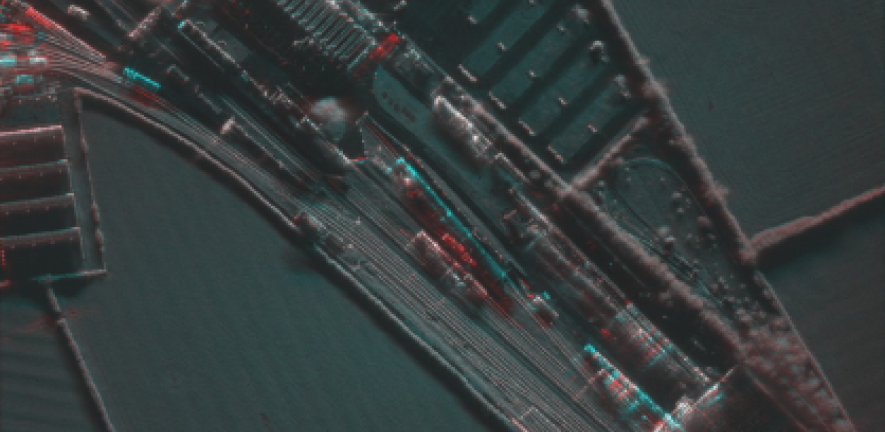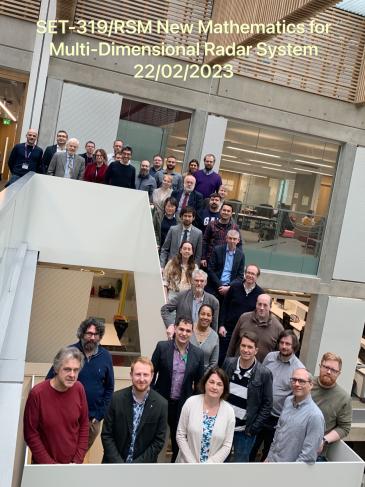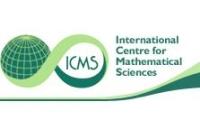
International Centre for Mathematical Sciences
ICMS International Centre for Mathematical Sciences, Edinburgh
Background
Recent development in radar systems have led to high dimensional data collection. Advancements in position, navigation and timing allow distributed networks of radars to operate coherently together, with multiple radar transmitters and receivers operating coherently in “multi-static” configurations. Emitters of opportunity from communications allow radars to operate in passive modes. A new ubiquity in radar satellites results in ever shorter repeat passes, providing a richness in temporal data which can be used for interferometry and detection of changes. Radars are able to operate over increasingly wider frequency bandwidths, with greater adaptivity of emitted waveforms, can be fully polarimetric, receive ever more channels from array antennas, and fuse information from multiple sources to operate adaptively. These developments often enable – and are driven by – using radars for more challenging applications, such as imaging through walls, foliage and other obscurants; detecting and recognising low observable objects; or adapting to operate in a congested and contested electromagnetic environment.
With the increased complexity of multi-dimensional radar data, comes new fundamental mathematical challenges – how it is modelled, what information it contains, and how to process or share the resulting new large quantities of data.
This knowledge exchange workshop was delivered as part of the INI Programme on Rich and Nonlinear Tomography - a multidisciplinary approach (RNT). It was organised by the RNT Programme organisers, the Newton Gateway and ICMS with the NATO Science and Technology Organisation (STO). More specifically, the NATO SET-319 Specialist Meeting is an activity within the Sensors and Electronics Panel (SET), which is one of seven NATO STO Panels.
Aims and Objectives
This workshop sought to understand the new and cutting-edge mathematics research required to enable, exploit and enhance advanced multi-dimensional radar systems. It brought together specialists in multi-dimensional radar systems with leading mathematicians across a wide range of applicable disciplines. This brought about new dialogue between disciplines, breaking down communication barriers to help a greater understanding, and provided the foundations of a new community of practice. The event informed future research and planning within NATO, ongoing mathematics research at the INI, as well as future collaborative and interdisciplinary activities.
Topics that included:
- SAR/ISAR image formation and feature extraction, including bistatic, multi-static, multi-frequency and fully polarimetric, as well as passive
- Airborne and ground-based multi-dimensional radar systems, including passive and multi-static
- Non-cooperative target recognition theory and algorithms
- Optimal deployment of multi-dimensional, multi-sensor, and multi-platform systems
- Advanced exploitation of multi-dimensional radar, such as imaging and detection through obscurants
The event took place from 12pm on 21st Feb and closed at lunchtime on 23rd February.
Registration and Venue
Please note that registration for attendance is now closed.
Attendance was restricted to citizens of NATO member nations plus AUS, CHE, FIN, IRL, JPN, KOR, SWE, and ZAF.



